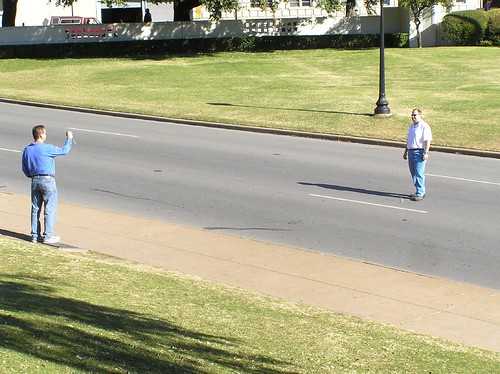So what makes some strange tourist attractions “normal” and other attractions are seen as macabre? When in Rome admiring piles of bones in the Christian catacombs on the Via Appia qualify is normal behavior, but this is really too easy. Many religious festivities and sights include relics often comprising of bones or other bodily remains of the great and not so great. They have become so mainstream so as not to be considered macabre. In fact body parts are all to often part of our veneration of the famous – even if the thought makes us a bit queasy.
Several examples of our need to collect memento’s of the famous exist:
Beethoven’s ears were hacked out and soon went missing. Rene Descartes’s middle finger was stolen… Napoleon’s reputed penis went on a picaresque odyssey of its own… Josef Haydn’s head was stolen by phrenologists at his burial. (Hayden Digging Up the Dead For Medical Diagnoses OHMY News)
So it’s not surprising that when we are tourists we drop in and stare at them. Not to mention mummified remains in various museums. Imagine a dead relative presented in a glass case for all to stare at…
But this is so commonplace that it is not strange.
On the other hand there are some activities which may be seen as more odd, or decidedly macabre. A relatively common tourist activity in Paris is visiting the graves of the famous. The Père Lachaise Cemetery is listed in all the better guidebooks (in London the activity confined to gawking at the tombs and comematorive plaques in Westminster Abbey) this is begining to be odd.
But leaving lipstick kisses on the tomb of Oscar Wilde, alcohol at Jim Morrison, notes with Marilyn Monroe, or pennies on the stone memorial of Traveller (General Robert E. Lee’s horse), quarters at Jayne Mansfield, must be seen as belonging to the more bizarre behavior.
While all this is strange, the strangest so far is the practice of tourists in Dallas to get the photograph taken standing on an X in the middle of the road. It’s the X that marks the spot were Kennedy was killed. Now that’s macabre. It makes visiting graveyards seem perefectly natural.

Dealy Plaza macabre tourists by bjmccray (CC by nc nd)

